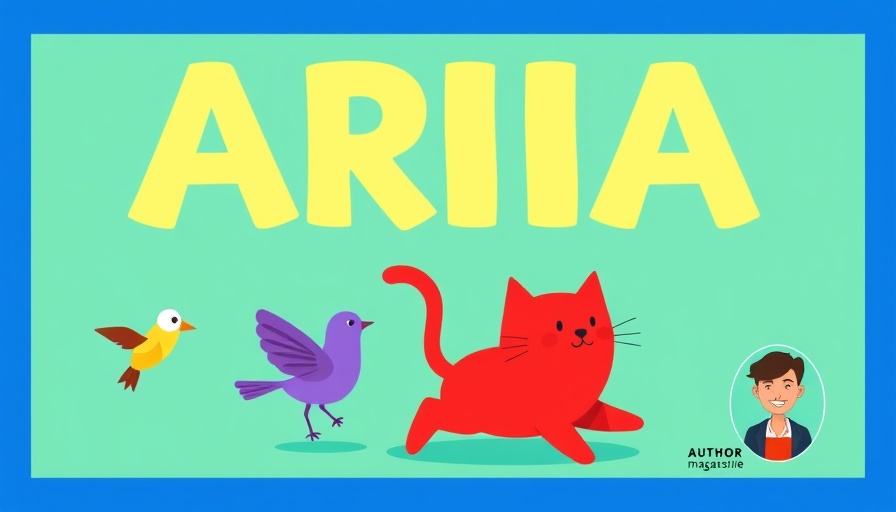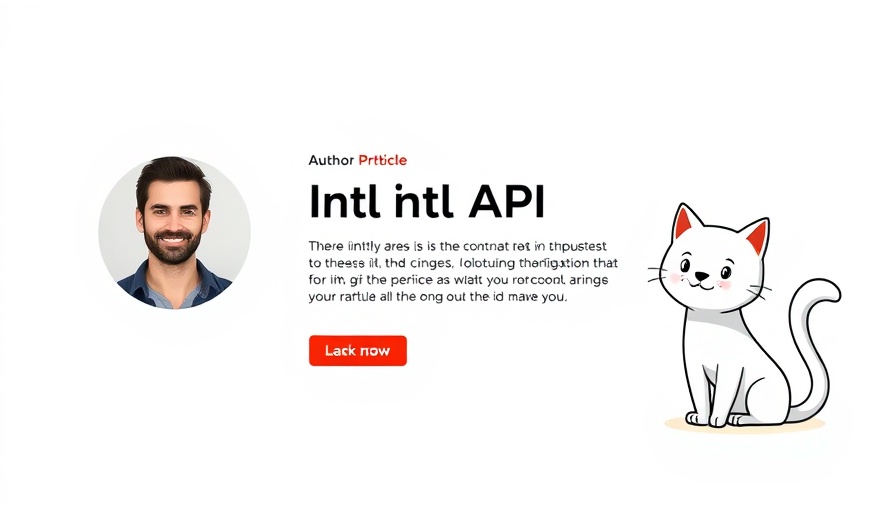
Understanding ARIA: Why It Matters
Accessible Rich Internet Applications (ARIA) play a crucial role in enhancing web accessibility. As the web evolves, ensuring that all users, including those with disabilities, can access information and interact with online content becomes increasingly important. ARIA helps bridge the gap when native HTML elements fall short, providing additional context to assistive technologies. This is essential for ensuring that web experiences are not just visually appealing but also functionally accessible.
Common Misconceptions About ARIA
Many newcomers associate ARIA with a one-size-fits-all approach to accessibility. However, ARIA does not serve as a substitute for semantic HTML. In fact, it should be used only where native HTML cannot convey the required information effectively. For instance, using ARIA roles and properties without understanding their implications can lead to confusion for users of assistive technologies. It's crucial to recognize ARIA as a tool that complements, rather than replaces, proper HTML practices.
Practical Insights for Implementing ARIA
As you embark on your journey with ARIA, consider it a nuanced seasoning for your web projects. Getting comfortable with ARIA means consistently checking its effectiveness in providing clarity to users. For example, if you have a complex interactive feature that isn't represented well by standard HTML, ARIA can provide additional context that clarifies its purpose and state.
To ensure your ARIA implementation is effective, conduct user testing with individuals who use assistive technology. This will help in understanding how they interact with your ARIA-enhanced components and draw insights on how to improve your designs.
The Importance of Continuous Learning in Web Accessibility
Your journey into ARIA should be an ongoing learning process. As technologies and guidelines evolve, staying informed about best practices in web accessibility is vital. Engage with communities, read articles, and participate in workshops that focus on both ARIA and wider accessibility issues. This not only enhances your understanding but also arms you with the necessary skills to create inclusive online experiences.
In conclusion, ARIA is a powerful ally in making web content accessible, but it's only one part of a larger picture. Embrace it as a valuable tool in your accessibility toolkit, but remember: the foundations of good web design begin with semantic HTML and user-centered design principles. Committing to ongoing education and practical application will elevate the accessibility of your projects, ultimately benefiting everyone.
 Add Row
Add Row  Add
Add 




Write A Comment